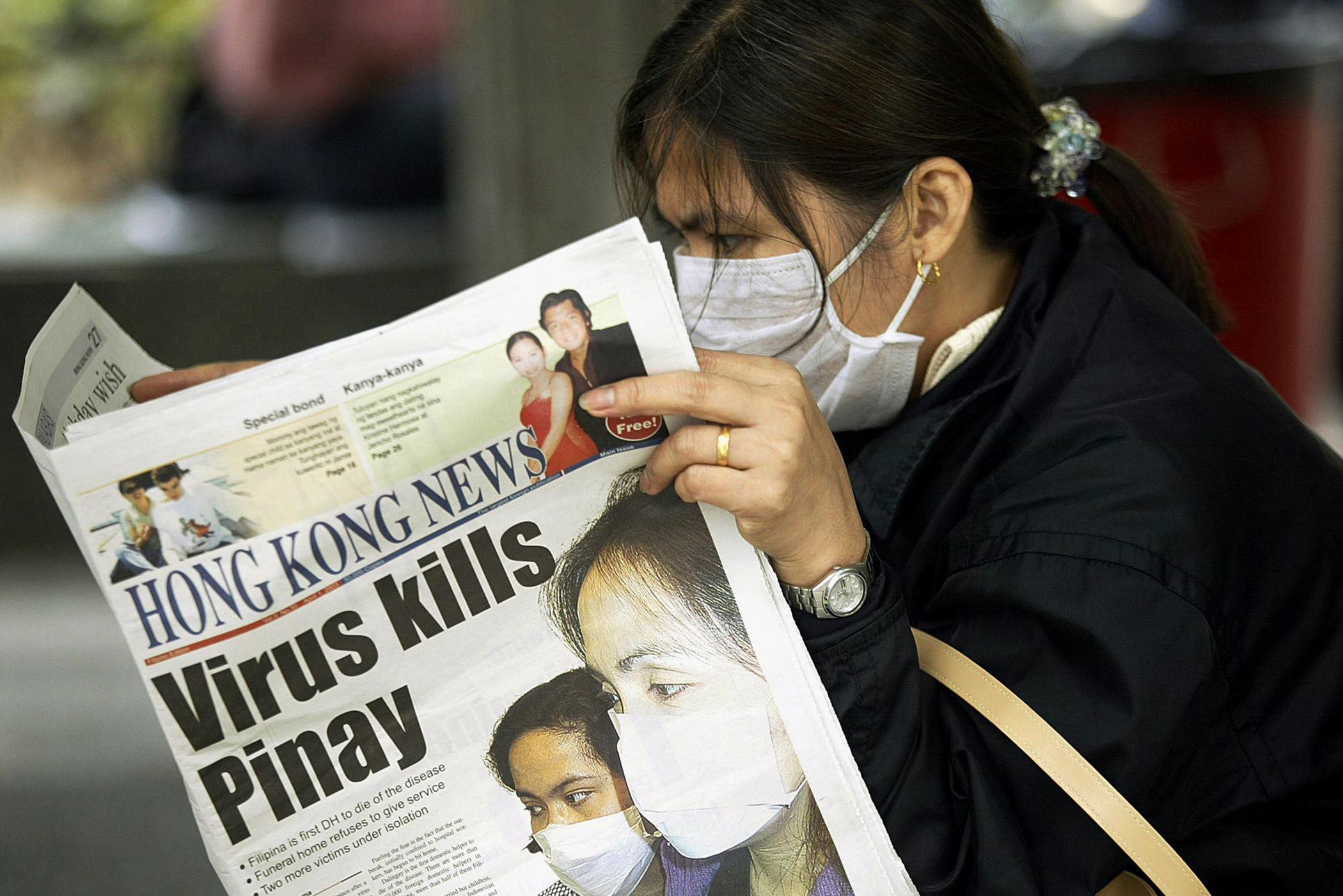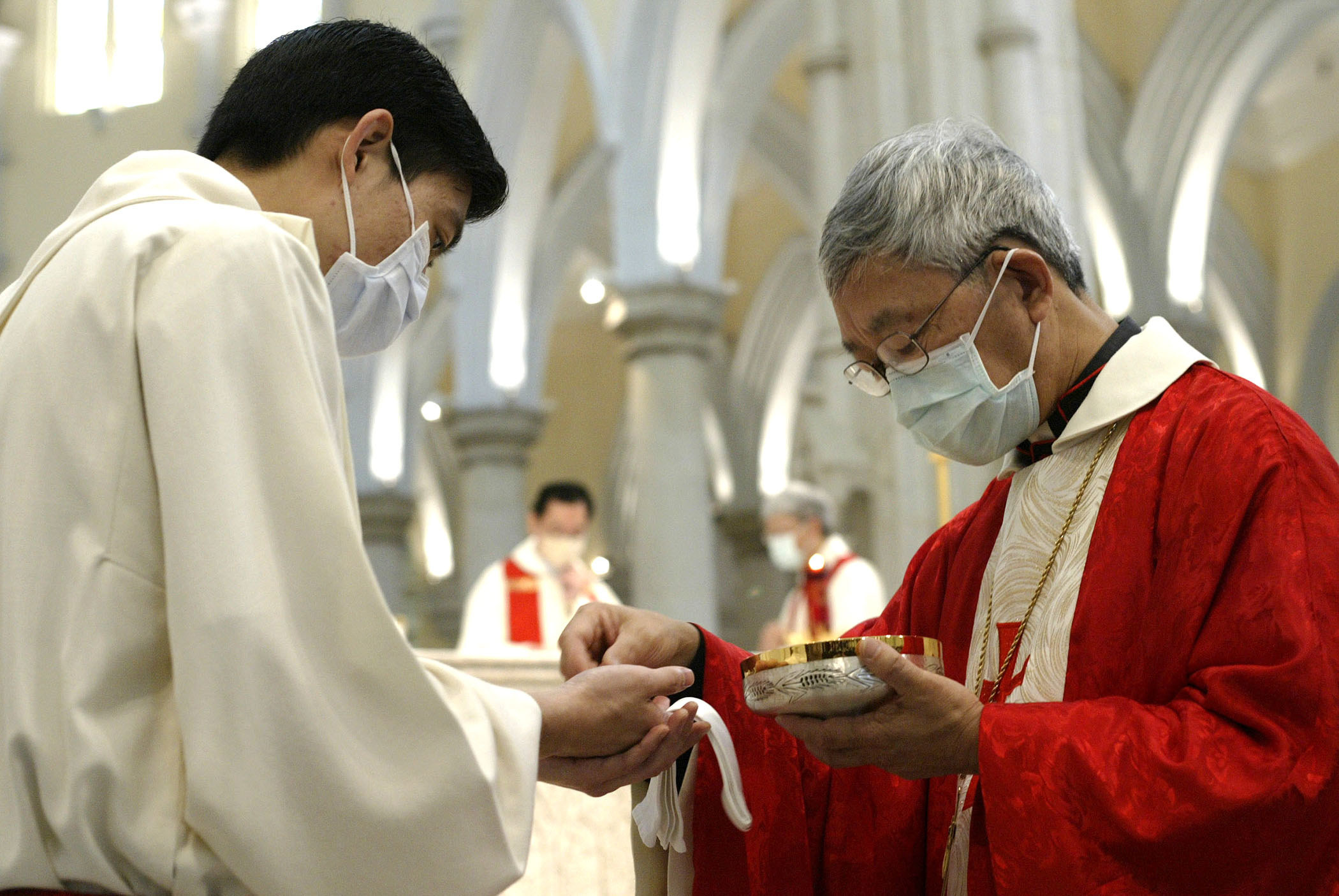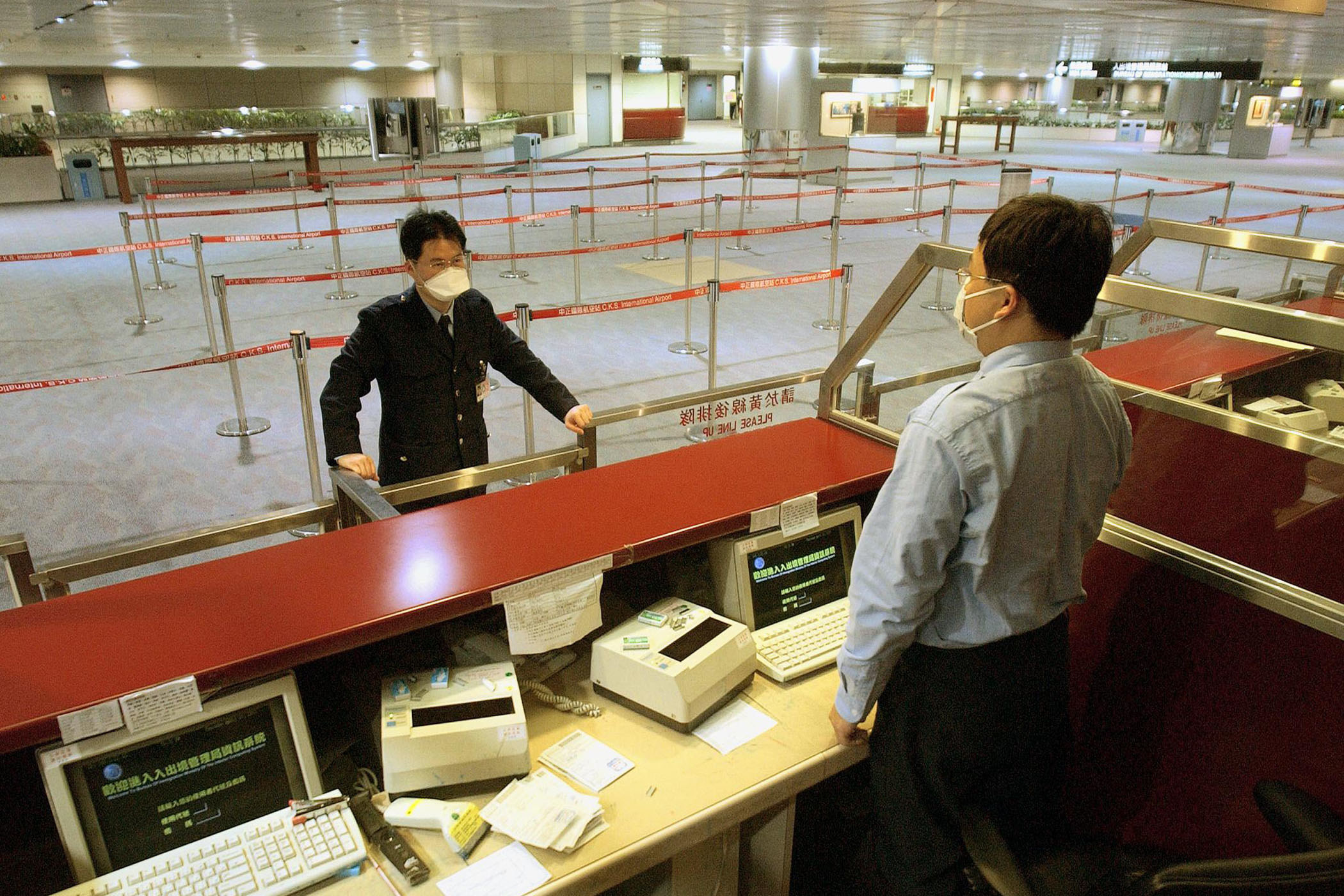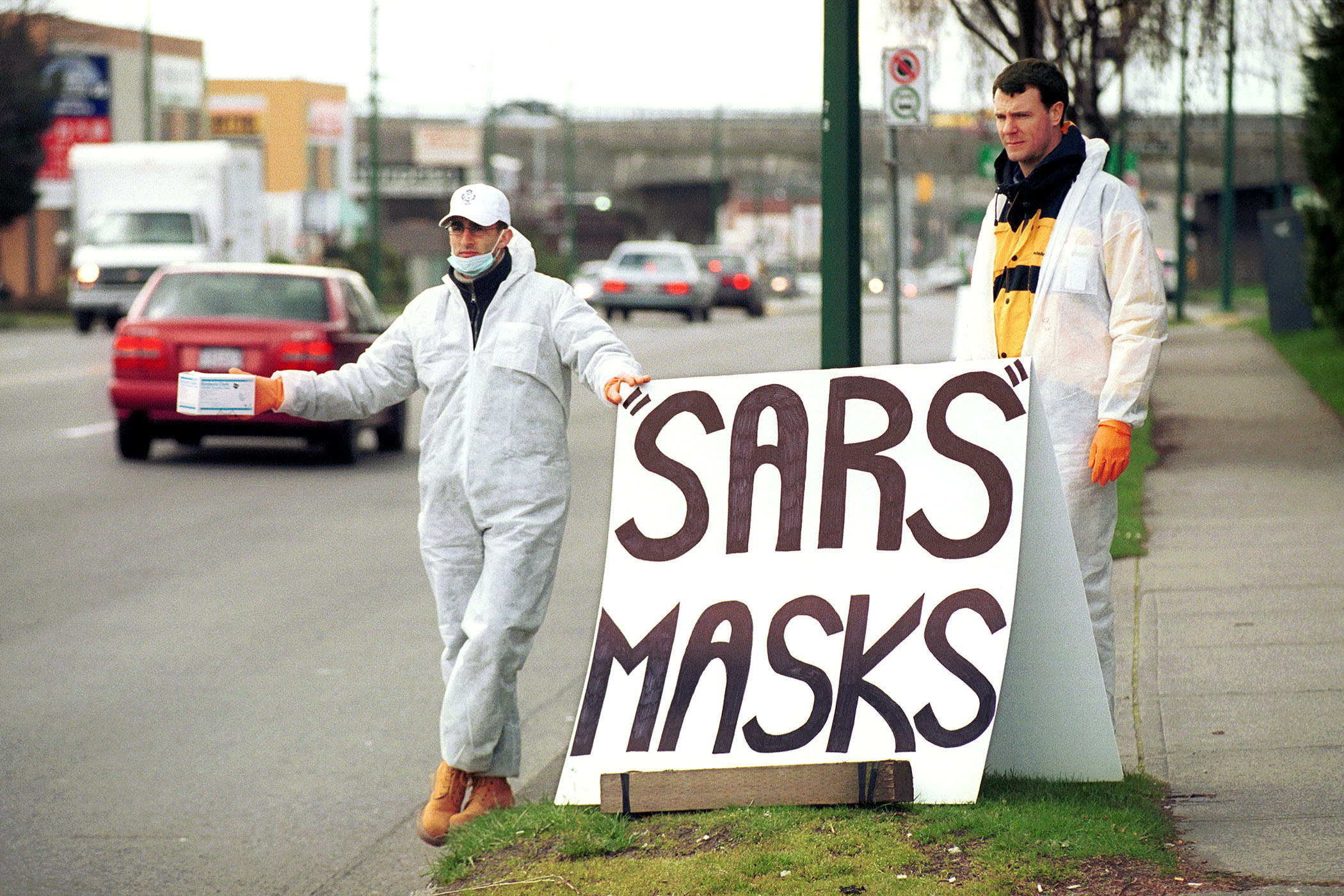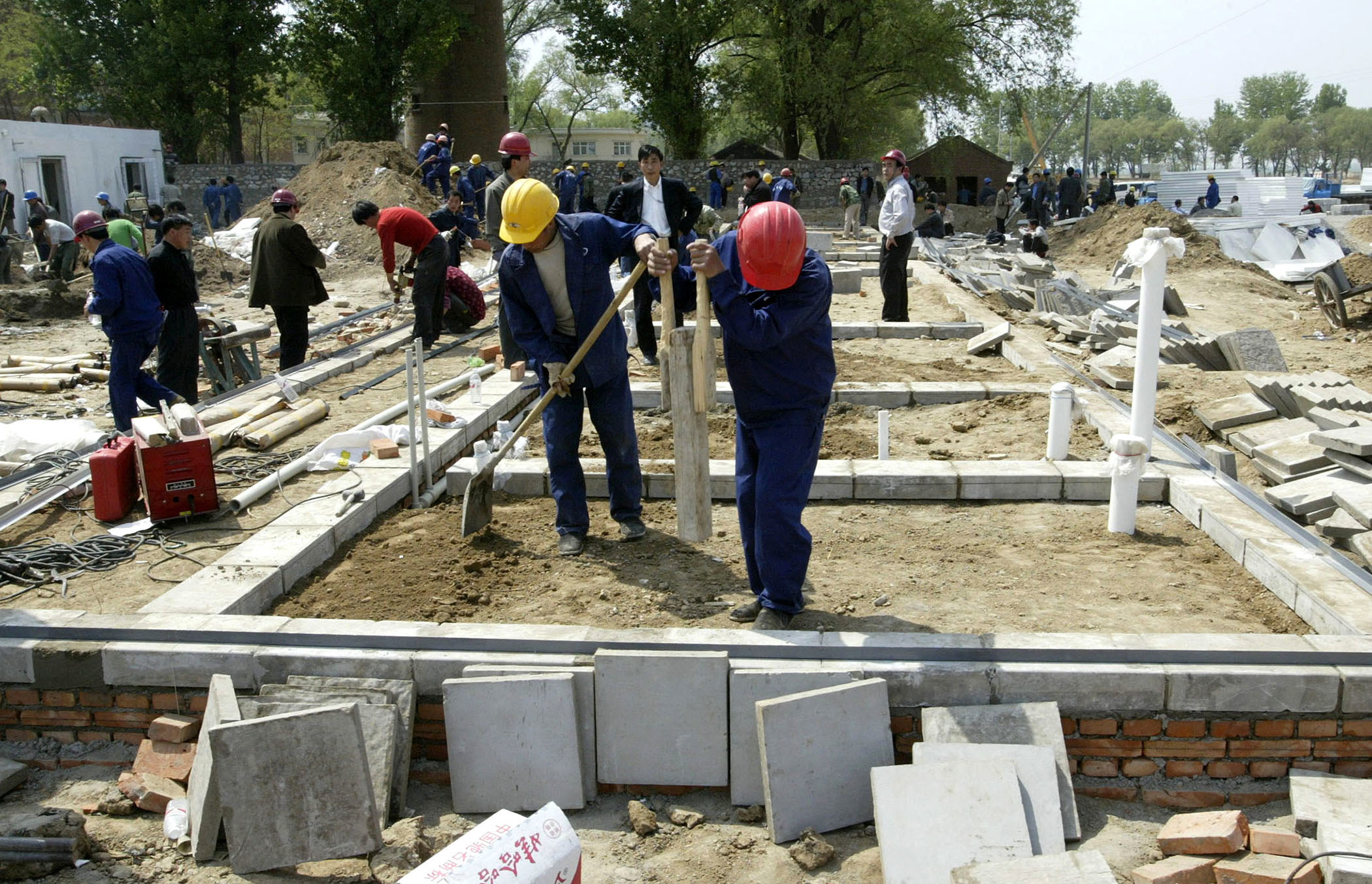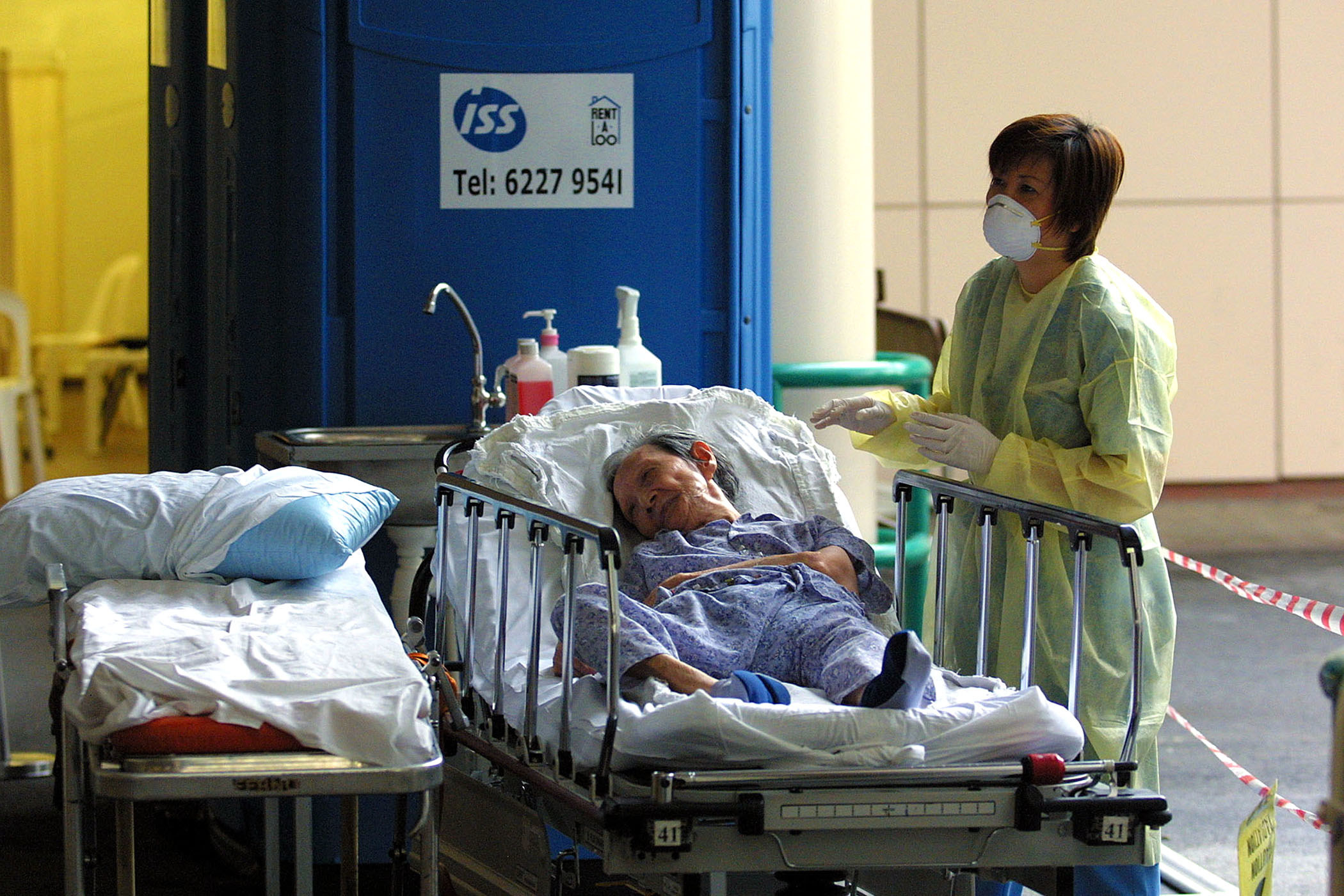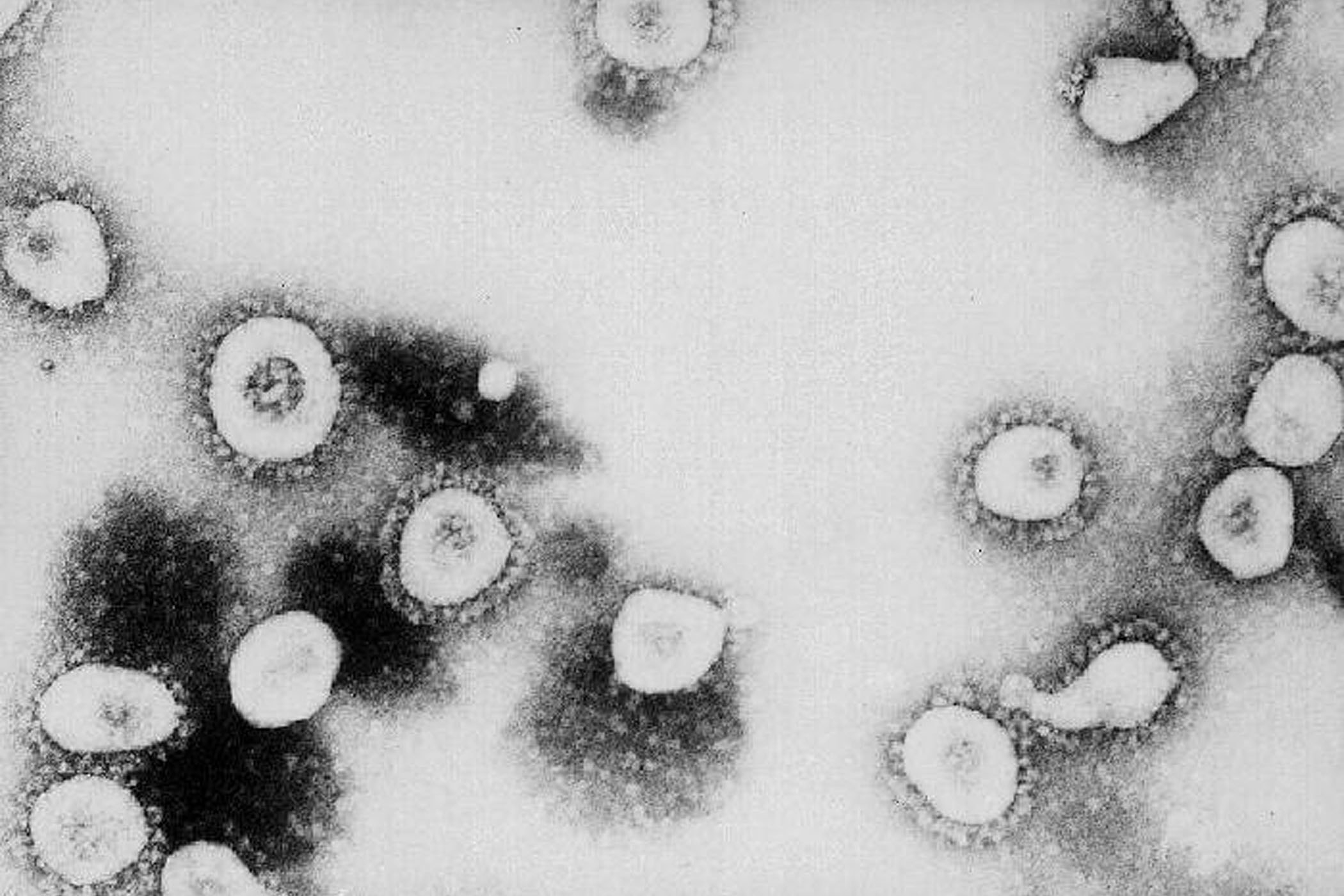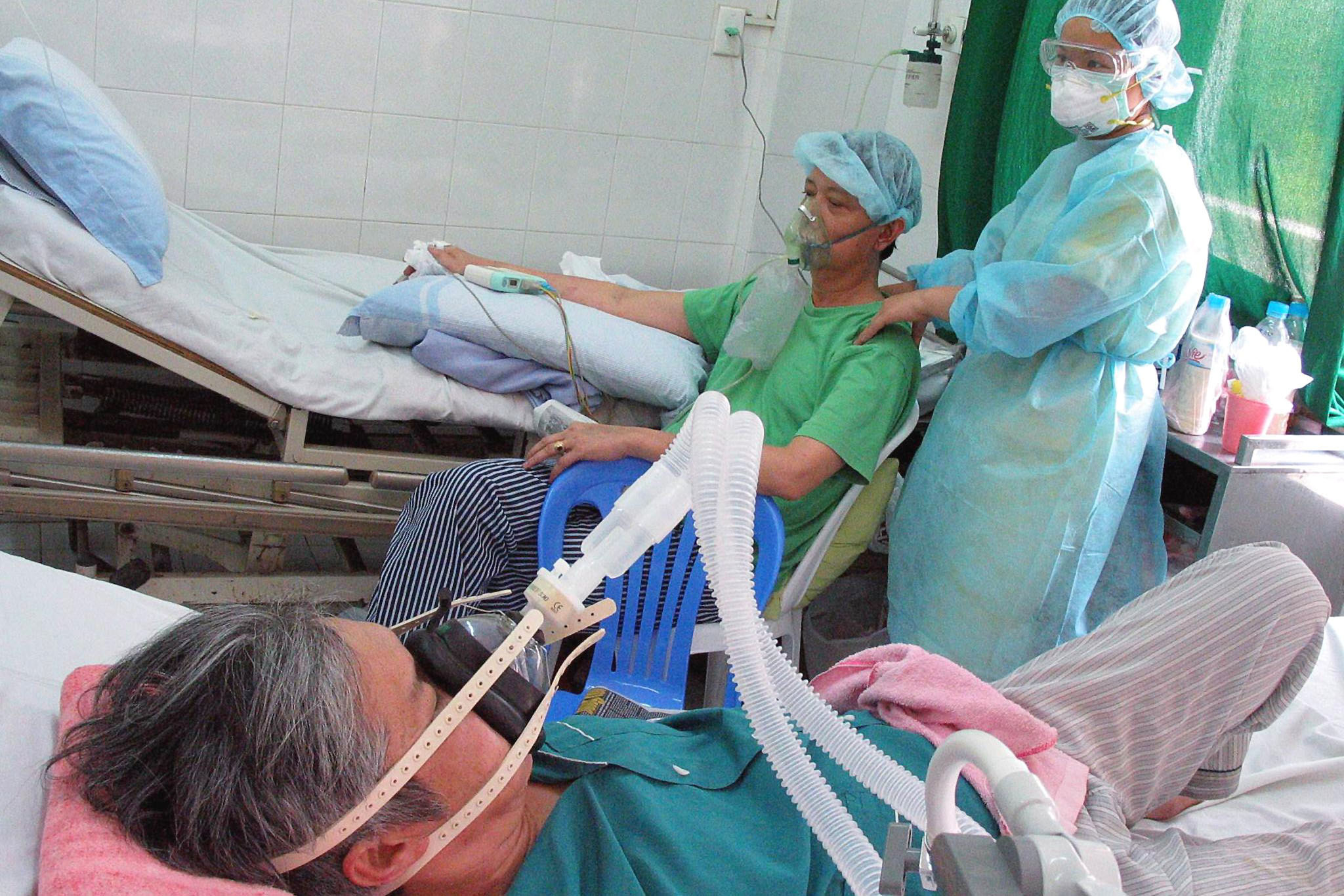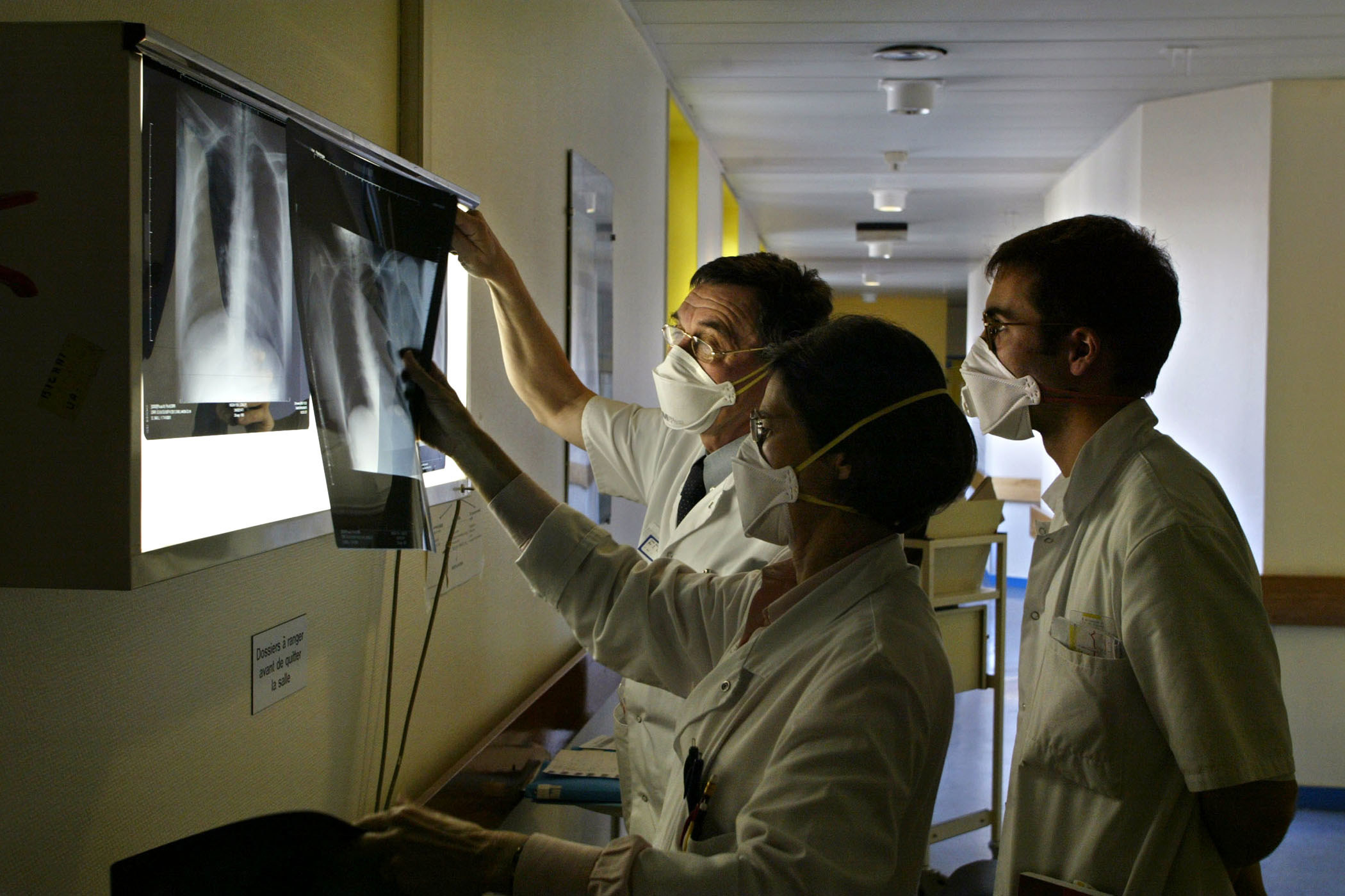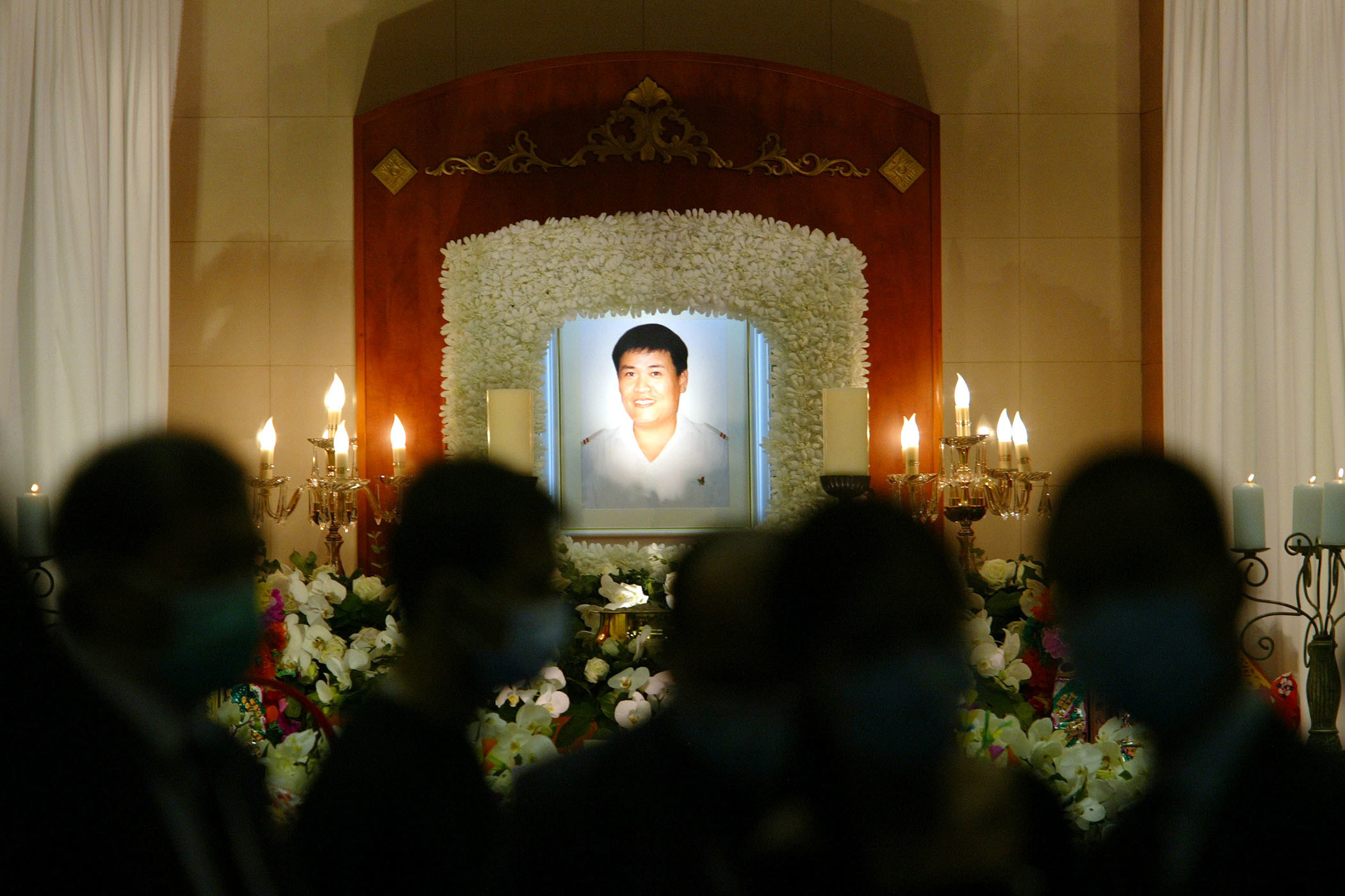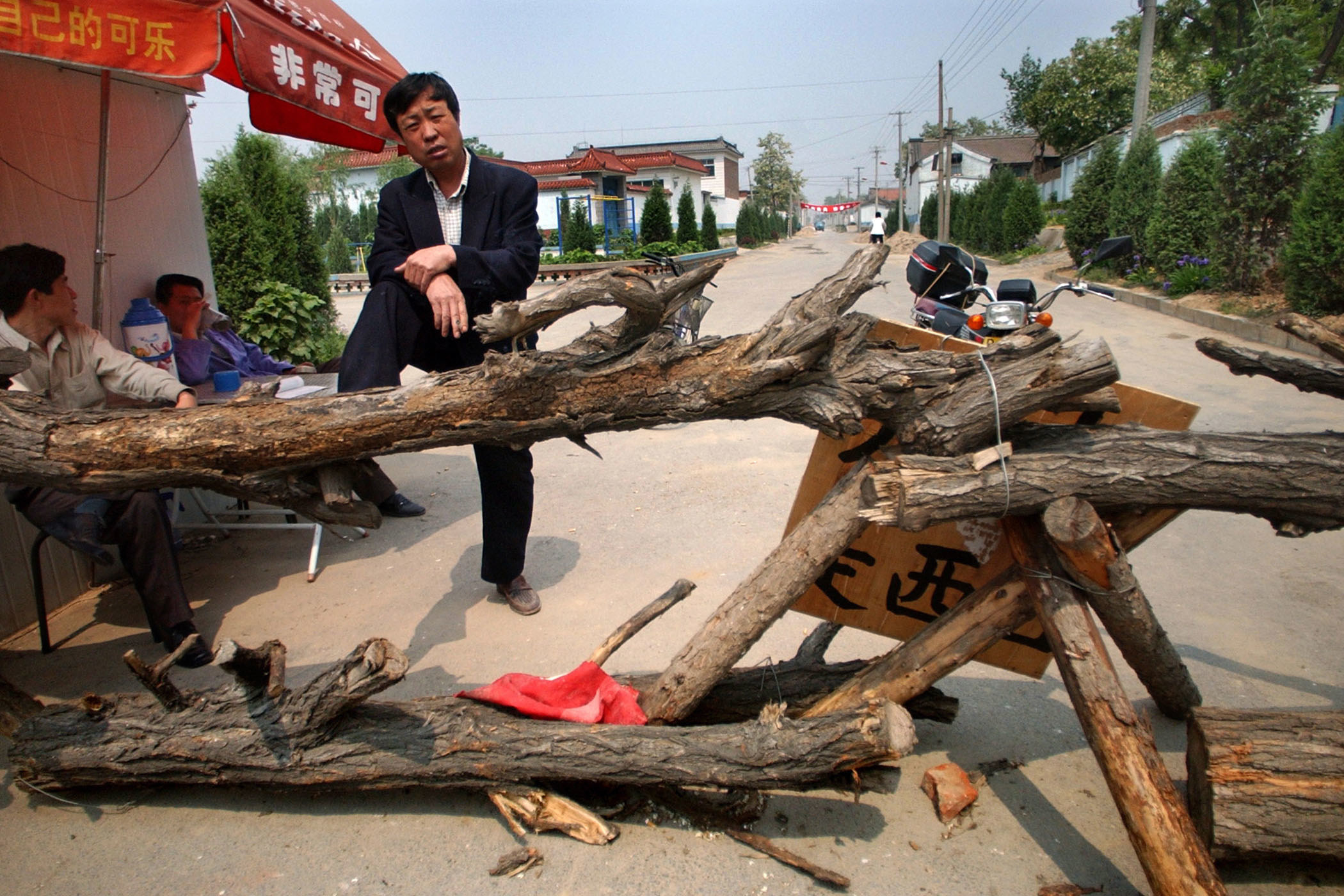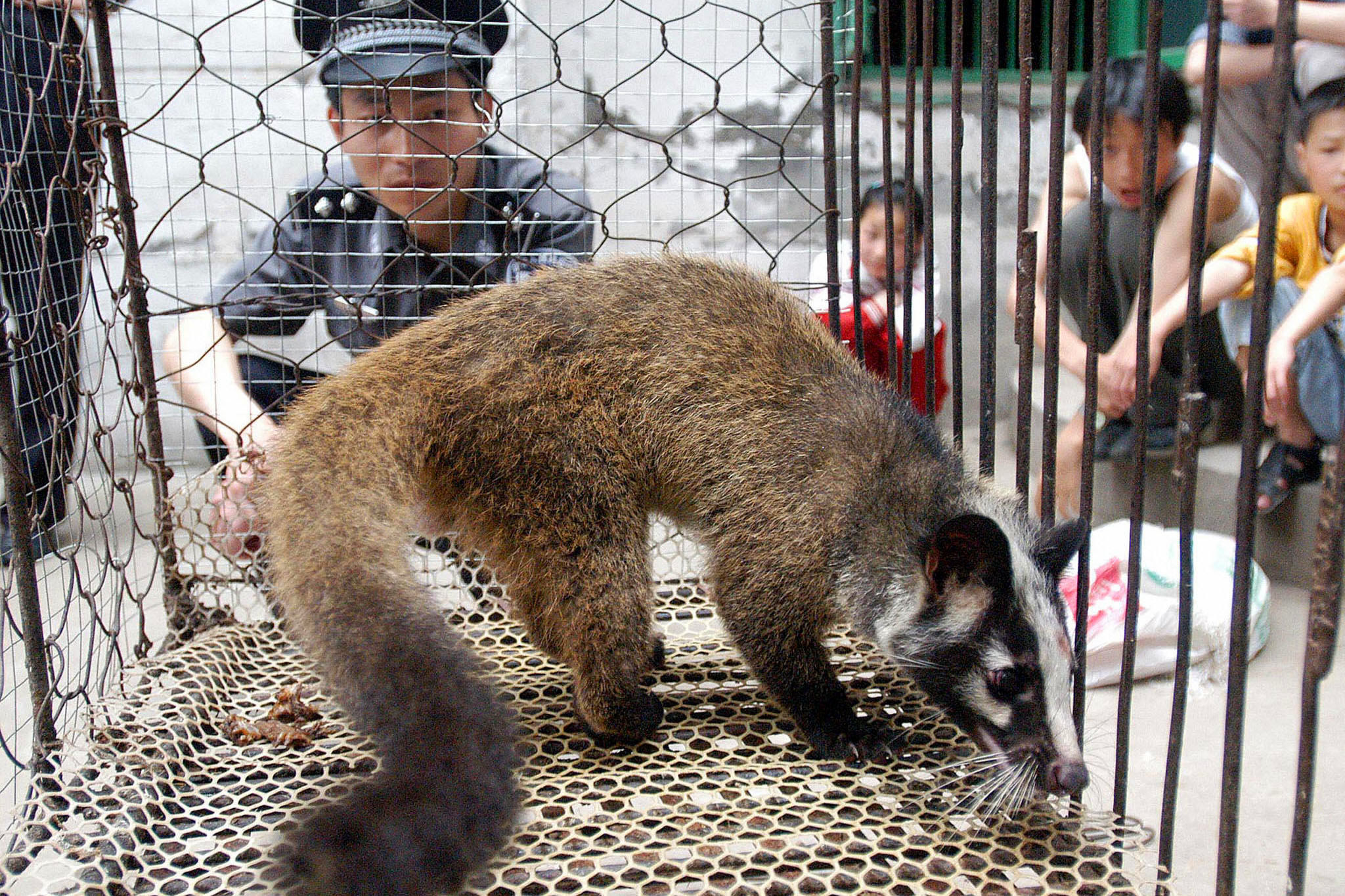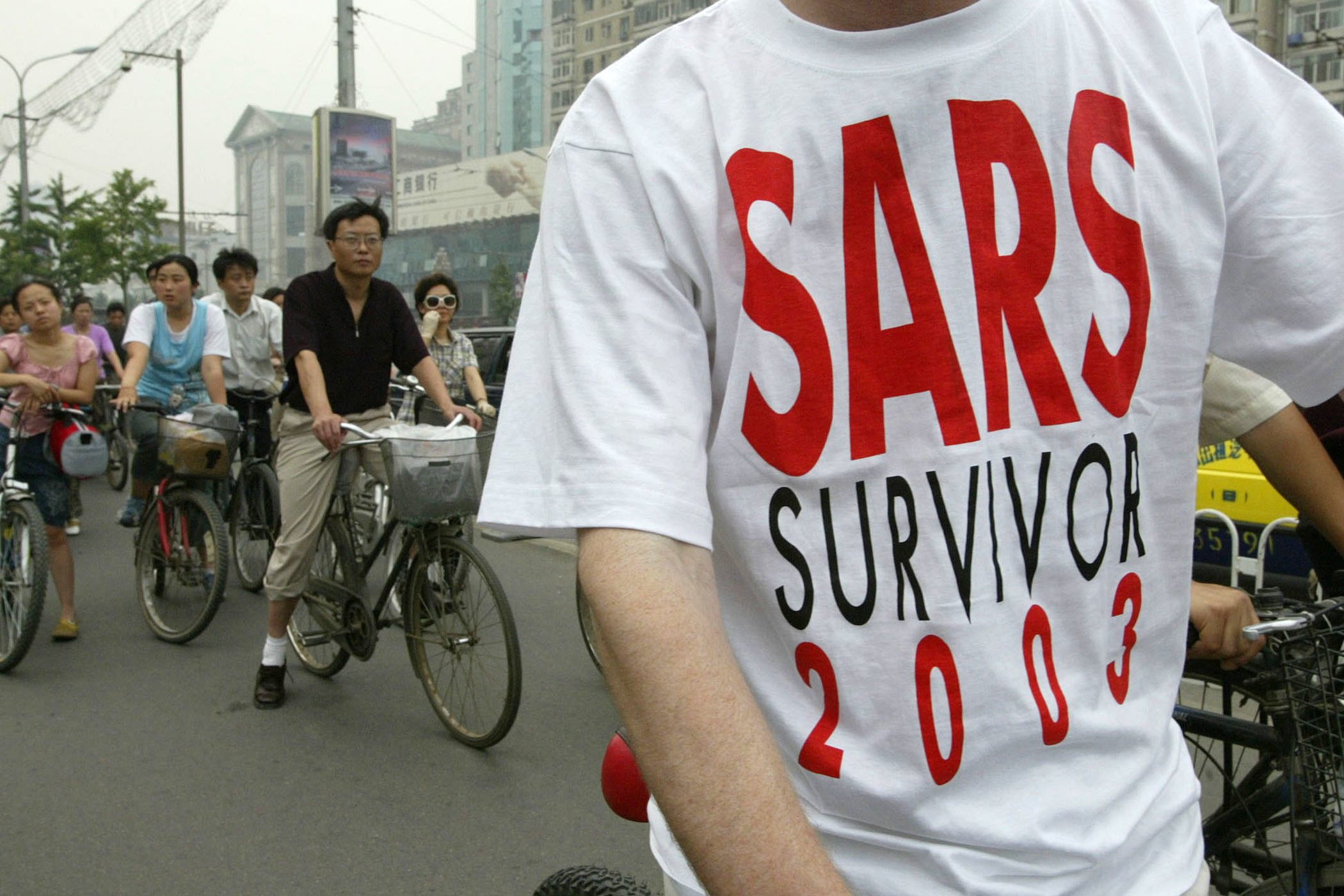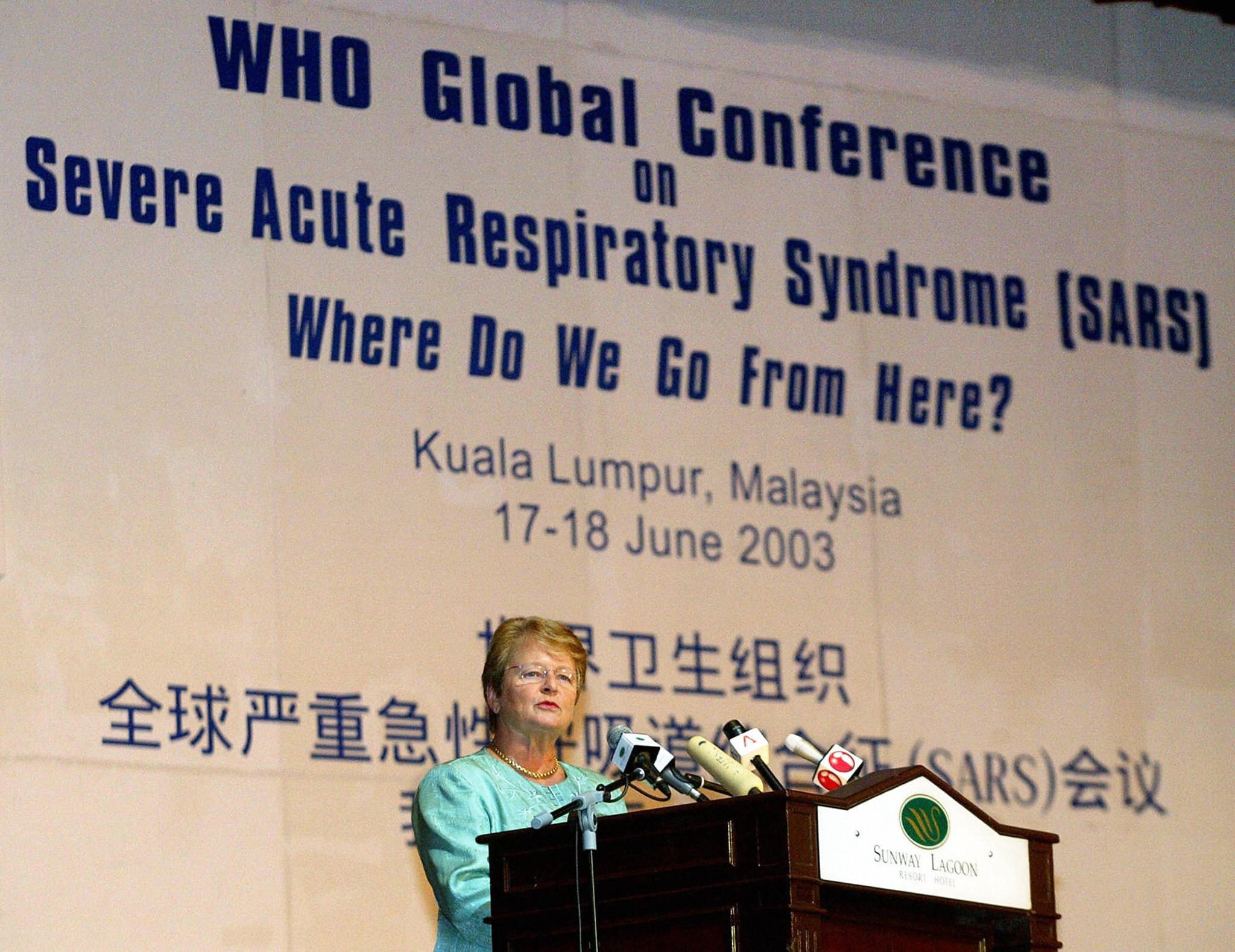
In February 2003, the World Health Organization recognized a deadly new virus making its way across Asia. Severe acute respiratory syndrome, or SARS, first appeared in China's Guangdong Province, although it was not reported by the Chinese government to the WHO until the following year. By this time, SARS has already infected thousands of people worldwide and had resulted in over 500 deaths. In the months that followed, the SARS outbreak had spread across 37 countries, resulting in 8,098 cases and 774 deaths. On July 5, 2003, the WHO announced that SARS was entirely contained, and in 2017, Chinese scientists pinpointed the genetic source of the virus as a colony of cave-dwelling horseshoe bats located in a remote region of China's Yunnan province.
Following the 2003 SARS outbreak, the Chinese government faced international backlash for its suppression of information, widely viewed as harming efforts that could have contained the outbreak in its early stages. The government's aggressive quarantine measures to contain the new coronavirus appear to be in direct response to these criticisms. Despite these efforts, the new coronavirus, which is derived from the same family of viruses that caused both the SARS outbreak and 2012 MERS outbreak, has infected over 40,000 people and killed more than 900, surpassing the death toll of the entire SARS epidemic.
These pictures show how those regions hit hardest by the SARS epidemic responded to this global outbreak.

